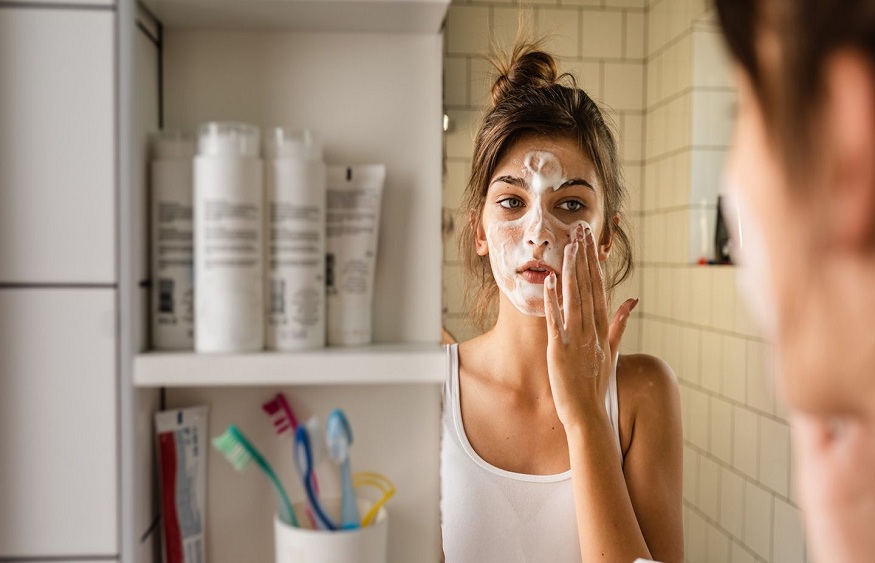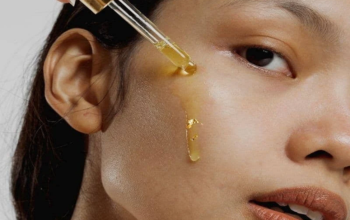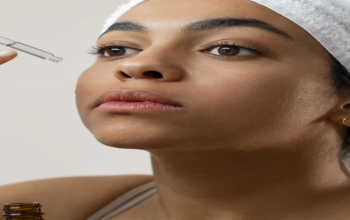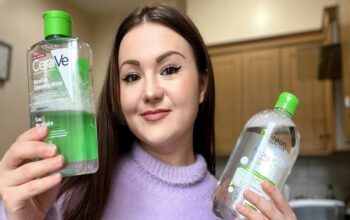A cosmetic formula must respond to a specific function and that’s it. Sometimes it’s better to use fewer ingredients, in the right doses, than to accumulate ingredients without really knowing the exact role they play. A short , minimalist formula is often much more effective than a complicated formula. And what’s more, it’s easier for you to master and understand!
Here is a little guide to help you find your way around:
For a cream : 10 ingredients is great, 15 is good, 20 is too much!
For a shower gel, a shampoo or any cleaning product : 8 ingredients is great, 12 is good, 20 is too much!
For a serum : 5 ingredients is great, 10 is good, 15 is too many!
I will not give you here a list of molecules to avoid or prefer . It’s too complicated and it leads nowhere.
We must not at all costs banish synthetic molecules in favor of plant derivatives. It makes no sense: As Coluche said, “Some mushrooms are edible but you only eat them once!” .
The important thing is that each ingredient has its purpose and is used wisely.
For example: for a ‘CHERRY FLOWER’ nail polish in a pretty pale pink color . Is it very useful to add an extract of organic cherry blossoms in the formula?
-> This one was clearly added to serve marketing and provide the natural touch. It has no use and probably needs to be integrated in a very small amount. In this case, it would have been better to leave these cherry blossoms on their tree for the bees to enjoy and taste their beautiful cherries! 🍒
WE WARE OF BIG PROMISES
Products that do everything at the same time , or on the contrary so-called ultra-personalized , I am very wary.
A do-it-all product? why not but in this case it must be an ultra simple product responding to a single function, for example washing.
On the other hand, the accumulation of functions in the same product in 2, 3 or even 5 in 1 mode! No Way! It is for sure disappointment all along the line! If I’m looking for a product to wash my hair, I’m not looking for a treatment!
Likewise, I am suspicious of the ultra-specialized product that is supposedly made to measure. Under cover of personalization, these are often just simple bases (often good) in which we add a few drops of an active ingredient “to say that” it is tailor-made. In reality, it’s the base that is good and makes you feel good, not the assets added during customization.
We are all quite similar and our basic needs are the same. The industry tries to make us believe that we are unique and different because it flatters us, but be careful. In reality, a soap is a soap, whatever the color of your skin, it will wash!
LABELS & APPS: TO BE TAKEN WITH Tweezers
Labels and apps seek to help you, and make your life easier. The intention is good, except that:
often they only focus on one aspect of the problem and neglect the rest – For example, organic labels only look at the origin of the raw materials used. They do not become attached to their fate once in nature, nor on your skin (safety). Nor do they take into account working conditions in production, for example.
They are expensive for brands and are therefore difficult to access for smaller brands – Ask yourself if you prefer that a brand spends its money to be labeled or to produce better products?
They somehow encourage greenwashing by suggesting that we can simplify ethical and environmental issues and sourcing to a small logo. Which is clearly an illusion.
DECRYPTION – 4 KEYS TO DETECT GREENWASHING IN COSMETICS
BONUS: THE PRICE – ONE MORE INDICATOR
We are not going to lie to each other, doing well until the end, it necessarily costs more. Putting in place working conditions that respect the environment and people, going to meet each supplier, going back to the sources, producing in smaller quantities, this requires time and money which makes necessarily the more expensive final product.
Even if it means paying more, as much as it is for a product in accordance with your values and respecting real environmental commitments!
TO HELP US, BUY ONE OF OUR PRODUCTS!
You now have all the keys in hand to identify greenwashing and build your list of eco-responsible brands, which really fight for the protection of the environment.
Green images and speeches appeal to emotions and constitute a privileged point of attachment for brands, but consumers are not fooled ! Faced with the increase in green advertising campaigns, skepticism is setting in. Green marketing’s heyday may be coming to an end. The large multinationals will have to quickly adjust their environmental policy to really fight against global warming and convince consumers.




